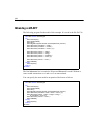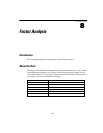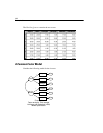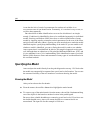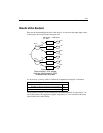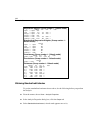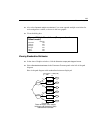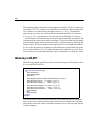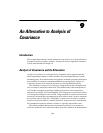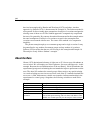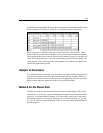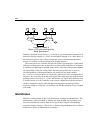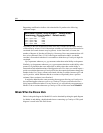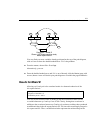
144
Example 8
The squared multiple correlations can be interpreted as follows: To take wordmean as
an example, 71% of its variance is accounted for by verbal ability. The remaining 29%
of its variance is accounted for by the unique factor err_w. If err_w represented
measurement error only, we could say that the estimated reliability of wordmean is
0.71. As it is, 0.71 is an estimate of a lower-bound on the reliability of wordmean.
The Holzinger and Swineford data have been analyzed repeatedly in textbooks and
in demonstrations of new factor analytic techniques. The six tests used in this example
are taken from a larger subset of nine tests used in a similar example by Jöreskog and
Sörbom (1984). The factor analysis model employed here is also adapted from theirs.
In view of the long history of exploration of the Holzinger and Swineford data in the
factor analysis literature, it is no accident that the present model fits very well. Even
more than usual, the results presented here require confirmation on a fresh set of data.
Modeling in VB.NET
The following program specifies the factor model for Holzinger and Swineford’s data.
It is saved in the file Ex08.vb.
You do not need to explicitly allow the factors (spatial and verbal) to be correlated.
Nor is it necessary to specify that the unique factors be uncorrelated with each other
and with the two factors. These are default assumptions in an Amos program (but not
in Amos Graphics).
Sub Main()
Dim Sem As New AmosEngine
Try
Sem.TextOutput()
Sem.Standardized()
Sem.Smc()
Sem.BeginGroup(Sem.AmosDir & "Examples\Grnt_fem.sav")
Sem.AStructure("visperc = (1) spatial + (1) err_v")
Sem.AStructure("cubes = spatial + (1) err_c")
Sem.AStructure("lozenges = spatial + (1) err_l")
Sem.AStructure("paragrap = (1) verbal + (1) err_p")
Sem.AStructure("sentence = verbal + (1) err_s")
Sem.AStructure("wordmean = verbal + (1) err_w")
Sem.FitModel()
Finally
Sem.Dispose()
End Try
End Sub



